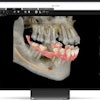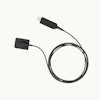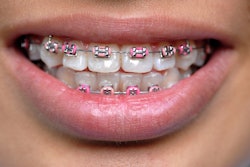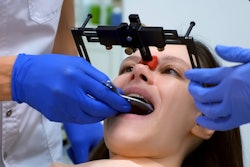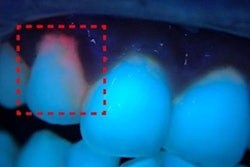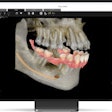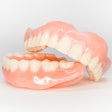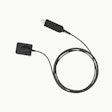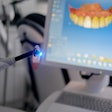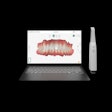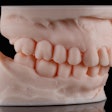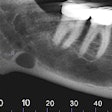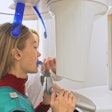Researchers at Rice University in Texas have created an affordable smartphone-based imaging system designed to support the early detection of potential oral cancers, according to a news release dated October 16.
The mobile Detection of Oral Cancer (mDOC) system uses white light and autofluorescence imaging, along with machine learning, to evaluate oral lesions and patient risk factors and provide referral recommendations, according to the study.
“There is a need for tools to support early detection and help non-expert clinicians make appropriate referral recommendations,” wrote the authors of the study, led by Rebecca Richards-Kortum, PhD, a professor of bioengineering at the university (BIOS, October 6, 2025, Vol. 2:4, 042307).
Autofluorescence imaging uses blue light to detect changes in tissue fluorescence that may indicate abnormal growth. However, this technique can sometimes be misleading, as noncancerous conditions like inflammation also reduce fluorescence, according to the release.
To enhance accuracy, the mDOC system employs a deep-learning algorithm that analyzes image data alongside patient risk factors such as age, smoking status, and lesion location. These combined insights help the system make reliable referral recommendations for potential oral cancer cases.
For the study, researchers gathered data from 50 patients across two community dental clinics. Each participant had up to five oral sites imaged using the mDOC device. Clinicians reviewed all images, and their referral decisions were used to train and test the algorithm. To strengthen performance, the researchers used a rehearsal training method that merged new data with existing images from both high-prevalence and healthy populations, according to the release.
This approach aimed to reflect real-world dental environments where suspicious lesions are uncommon. When tested on a separate dataset from a low-prevalence population, the final model achieved an area under the receiver operating characteristic curve of 0.778, with 60% sensitivity and 88% specificity. This indicates the system accurately identified most referral cases while avoiding unnecessary referrals in many instances.
Interestingly, the mDOC algorithm outperformed dental providers, who showed 0% sensitivity and 100% specificity, missing every case needing referral. Although the system misclassified two of the five referral sites, the lesions had been resolved before specialist evaluation, suggesting mDOC may have been correct, according to the release.
However, the algorithm generated 21 false positives, highlighting the need for further research.
“These findings demonstrate the potential of the mDOC system and referral algorithm to assist in early detection and triage of oral mucosal lesions in low-prevalence, community dental clinic settings,” the study authors concluded.

